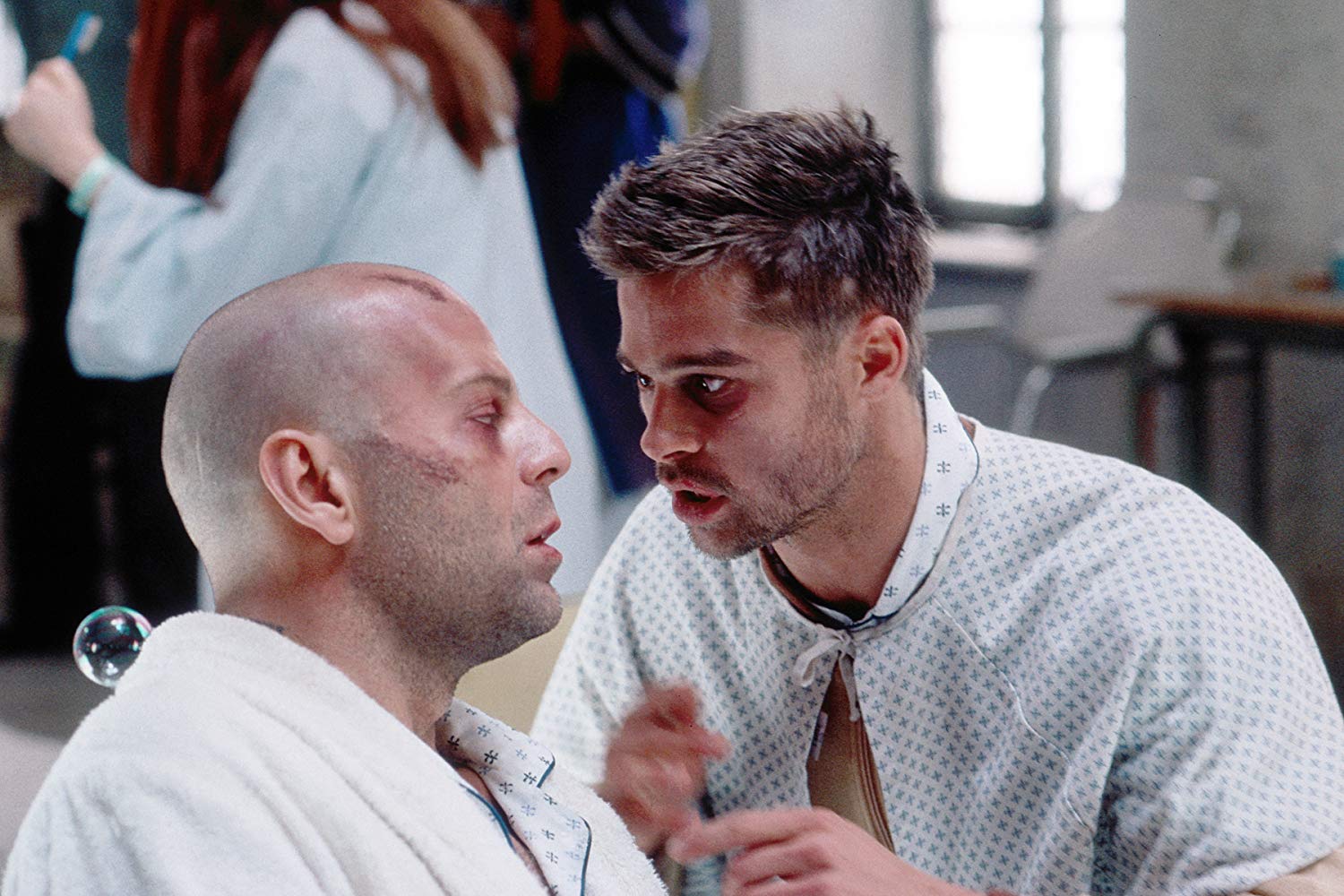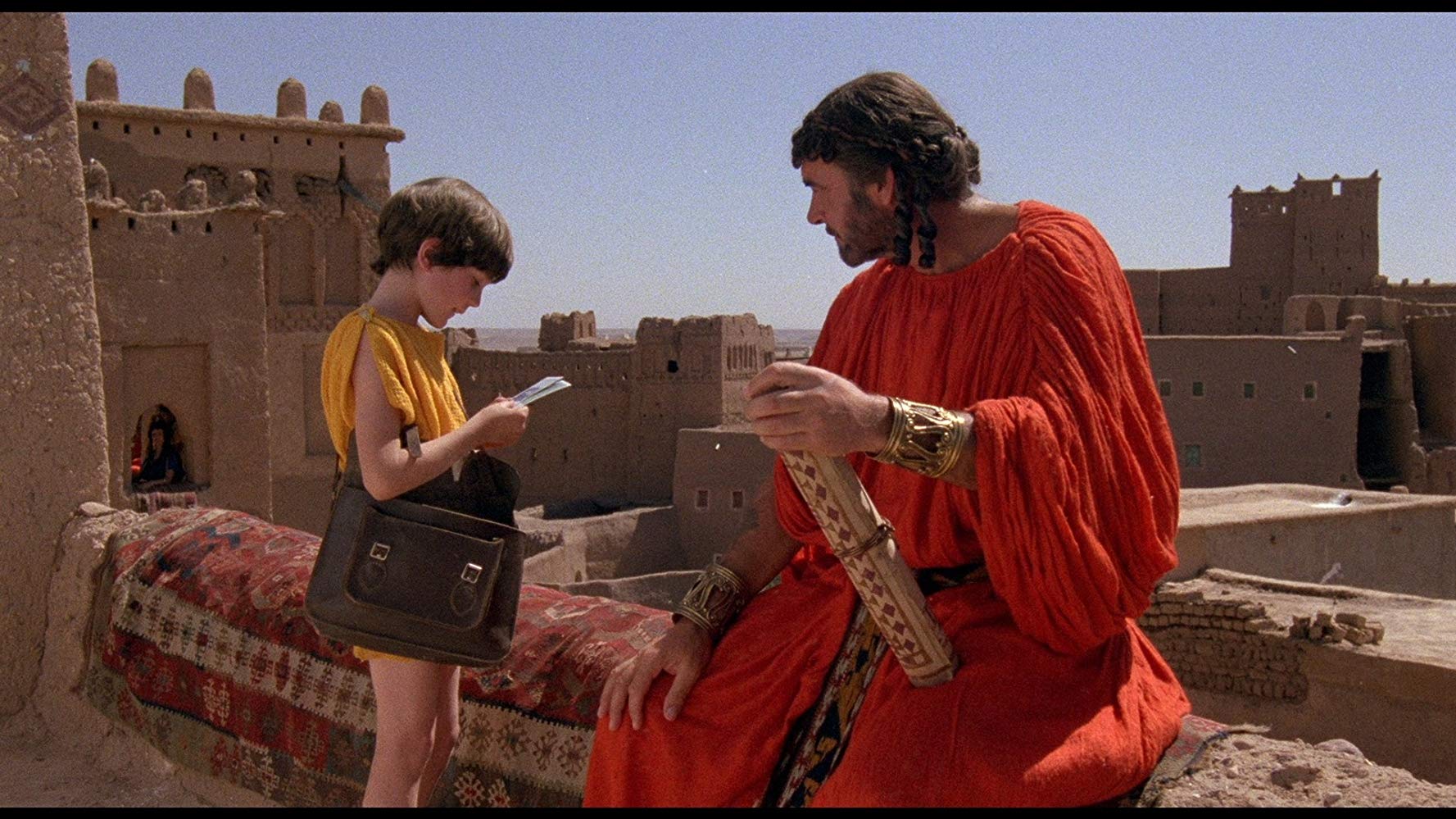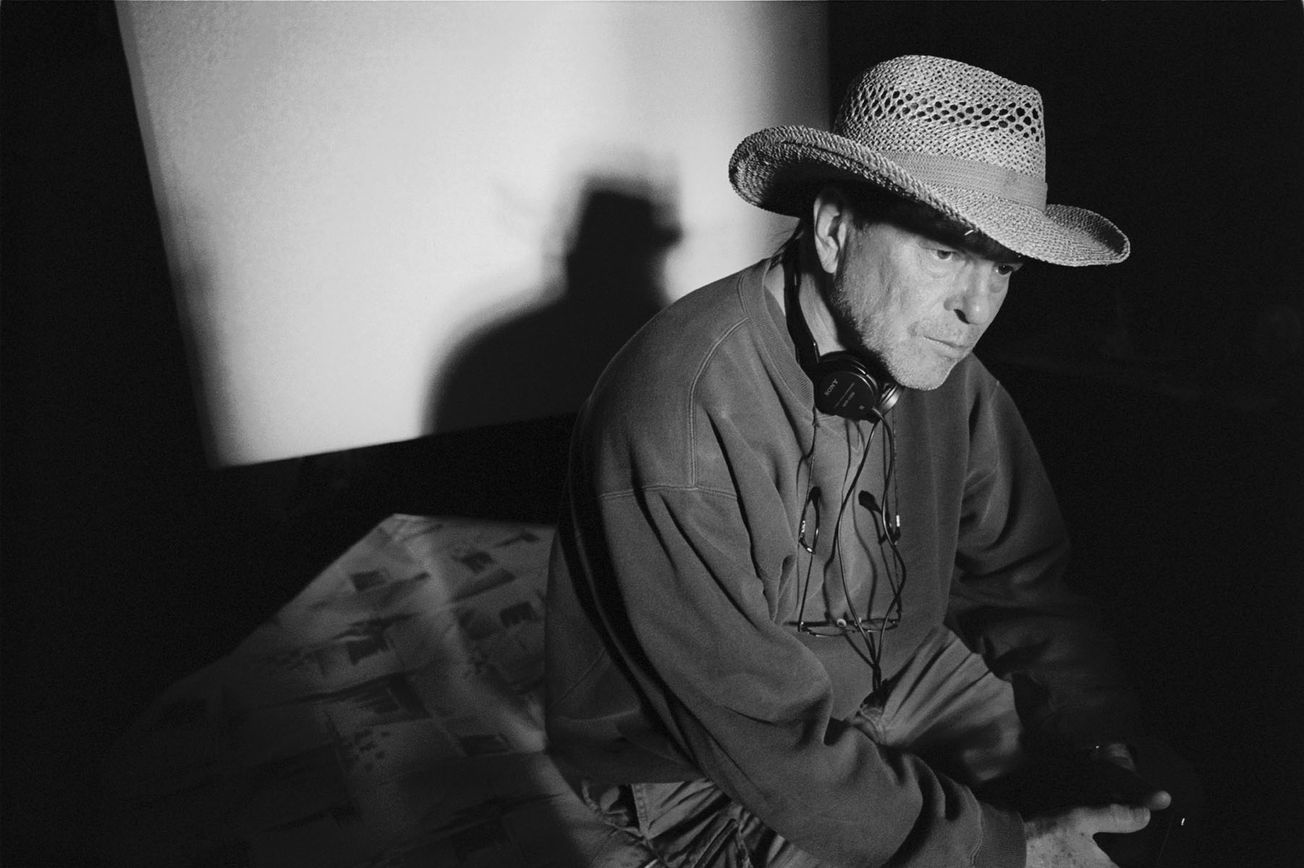By Aaron Wilkinson, Third Year History
On the 19th May, The Man Who Killed Don Quixote (2018) premiered at the Cannes Film Festival. A film 29 years in the making, it stands as a testament to director Terry Gilliam's patience and determination as a filmmaker.
Previously a member of the Monty Python comedy troupe, Gilliam has carved out a name for himself in Hollywood as an imaginative and creative director. Classic films such as Fear and Loathing in Las Vegas (1998), The Brothers Grimm (2005) and The Imaginarium of Doctor Parnassus (2009) all have his name on the top of the credits.
He also co-directed Monty Python and the Holy Grail (1975), ranked by Total Film as the fifth-greatest comedy film of all time. Yet despite these successes, including those earlier in his career such as Time Bandits (1981), Gilliam seems to be cursed.
During the filming of The Imaginarium of Doctor Parnassus, principal lead Heath Ledger tragically passed away. A frantic re-cast led to Johnny Depp, Jude Law and Colin Farrell all jointly sharing the burden of finishing the film.
Another previous film, Brazil (1985), hadn’t fared much better. Despite the cult status it now holds, it made just short of $10 million against a $15 million budget, but not all of his films had such fiscal failings. The Fisher King (1991) was a critical and financial success.
It blends the brilliant talent of Robin Williams and Jeff Bridges with the whimsical imagination that powered Gilliam’s work with Monty Python and his other work during the 1980s. 12 Monkeys (1995) received favourable comparisons to Ridley Scott’s Sci-Fi classic Blade Runner (1982) and was a massive financial success.
However the film that would truly come to define Gilliam in both his tenacity and creativity as a filmmaker would emerge from a 17th century Spanish novel. In 1989, after deciding to adapt Cervantes’ Don Quixote, originally written in 1605, Gilliam started a journey that was almost as outlandish as the concepts his films often embody.
Do we define a director’s success by their commercial viability or their ability to create films that have a cultural permanence outside of the yearly box office?
The first agreement was struck with Phoenix Pictures in 1990. Titled Don Quixote, it was envisioned as a fairly straight-forward adaptation of the novel before Gilliam decided that the budget was too low for his vision of the film.
What followed can only be described as a nightmare. Jean Rochefort, hired as Quixote, was diagnosed with a double herniated disc. This effectively barred him from the role as included extensive horseback riding.

The on-set locations were located near a NATO airbase which meant the noise of jet fighters ruined all audio recorded live. Flash floods, broken equipment, conflicting schedules and mismanagement of the actors meant that the production was progressively slipping further and further. The production was finally cancelled in late 2000.
This circle of promise and failure occurred several times more until finally Gilliam was able to begin the final production of the film in 2016. With yet another change to the plot, removing the time travel elements, the film stars Jonathon Pryce and Adam Driver in the two lead roles. Filming wrapped in June 2017 and the film premiered just under a year later.
What followed can only be described as a nightmare
The film hasn’t fully premiered globally yet, so there’s no suitable box office statistics to judge the financial success of the film but critically it hasn’t fared well. The main complaints tend to revolve around parts of the film feeling overworked. Gregory Ellwood of Collider sums it up with ‘the film simply doesn’t live up to its storied legacy in the annals of Hollywood film development’.

But is it fair to judge Gilliam by this? To look at his history you see a string of wildly expensive commercial flops that have found relevance instead as cult films, interspersed with some commercially successful pieces.
As a director and filmmaker Gilliam has his name on a significant number of films that just didn’t go anywhere and, had it not been for sheer luck in funding Don Quixote, that would likely have joined the list.
To judge Gilliam on the finances of his films is to woefully mis-judge him as a creative
Yet his films are universally enjoyed. So do we define a director’s success by their commercial viability or their ability to create films that have a cultural permanence outside of the yearly box office?
To judge Gilliam on the finances of his films is to woefully mis-judge him as a creative. As cliché as it might sound, Gilliam’s brilliance transcends the financial and time constraints that are usually used to judge success in Hollywood.
Very few of his films have ever achieved critical financial success but I’d hazard a guess that most people reading this article have enjoyed his work at some point. So I’m happy to define success a little less by the numbers and a little more by the influence and permanence that films hold.
Audiences don’t remember films for their profits being over budget but instead through quotable lines, quirky scenes and memorable characters - so why should we remember filmmakers for their profitability too?
Featured - Getty Images
What is it that makes you remember a flick?








